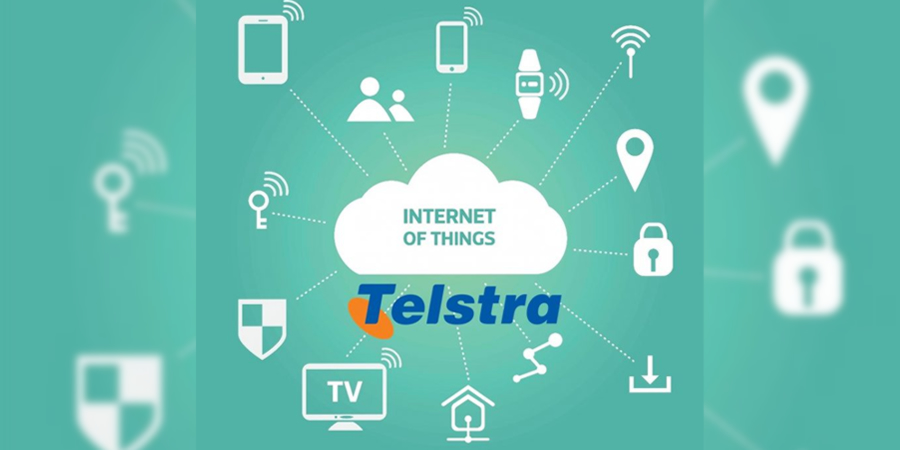Australian telecommunications incumbent Telstra has launched a diverse range of new IoT products specifically designed to help consumers and businesses solves everyday problems.
The new IoT products being showcased by Telstra will use low-power LTE-M and NB-IoT networks it has deployed over the last twelve months as it continues its roll out of IoT infrastructure.
In a detailed statement released by the mobile operator, it noted that a range of location products form part of a customer connectivity strategy announced in June. The services have been branded as ‘Location of Things’ and will focus primarily on resolving everyday issues that citizens in Australia encounter.
Head of Innovation and Strategy at Telstra, Michelle Garra says the operator’s main objective is to ensure that the services they introduce improve the lives of its customers.
Garra said, “We’ve already deployed the most advanced IoT technology on our mobile network; we’re now focused on harnessing IoT technology to introduce services that make customers’ connected lives easier.”
In relation to the services Telstra has introduced into the market, top of the list is a product called the Telstra Locator, which is a series of tags attached to easily lost-items which are paired to a dedicated smartphone app. In addition to this, a Bluetooth tag is available for keys and wallets, with a Wi-Fi tag for pets, pushbikes and bags.
Telstra also disclosed that it will add an LTE tag to its product portfolio in early 2019 to cover high-value items including vehicles and machinery. A product enabling users to locate missing SIM-enabled phones or tablets is set to launch in September: users with the operator’s 24×7 App can opt-in to use the service.
From October, the operator will also offer Track and Monitor, a system enabling large businesses to track large volumes of assets across multiple warehouses and retail sites, or while in transit.
“As low powered network technology evolves, we are seeing customers looking to introduce and expand their asset tracking capability, far beyond current fleet tracking, to a whole range of items such as equipment, pallets and packages in mass volumes,” Garra concluded.






